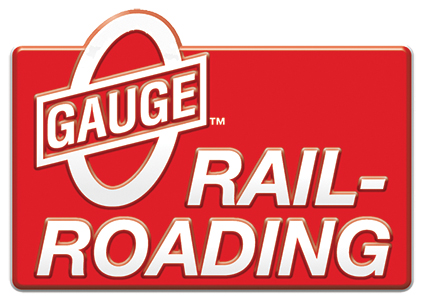Thanks for when it last ran. Are those spots you say where it didn't run the mainline for NS? If it is, both Rich and Hot Water have answered those questions time and time again as 611 doesn't have the necessary safety features that 765 has(or paired with the diesel, forget exactly what Rich said).
I'm saying that certain NS mainlines were restricted for certain engines both during the time of the original program and today. There were places that you could run 1218 but not 611. There were places where neither 611 nor 1218 could run, but 765 could. There were places that 4501 could run, but 765 could not. There were places where 630 or 722 could run, but 4501 could not. You had to check everything, and it was dependent on the engine itself.
It had nothing to do with safety features, or diesels, or anything else. It had everything to do with clearances, axle loadings, curvature and such. Some routes, like Manassas to Front Royal, originally couldn't accommodate either engine. Later, the track was upgraded and both engines ran there. Originally, the 1218 could run Salisbury to Asheville, but the 611 could not. After 1989, that line received some upgrades and 611 could run to Asheville. Neither 611 nor 1218 were allowed to run on the N&W Punkin Vine from Winston-Salem to Roanoke, even though there is at least one documented instance of a J running on that line in regular service.
The short version is that you can't presume any engine can run on a particular route until you do a check of all clearances on all tracks that you will be using. I remember an article years ago that Rich wrote where there was ornamental lighting installed on a platform in Pittsburgh that 765's cab roof would not clear, so they had to go past the platform on an adjacent track and then back in. The clearance choke points aren't necessarily where you think they would be....so you have to check everything.
Note: on some portions of the PRR, cab signals were required to lead on that particular line. Thus being part of the reason 611 was towed to/from Strasburg. 765 got cab signals installed, so it was able to run the PRR leading during the recent steam program. 611 did not. Both engines could be operated on the line though.


